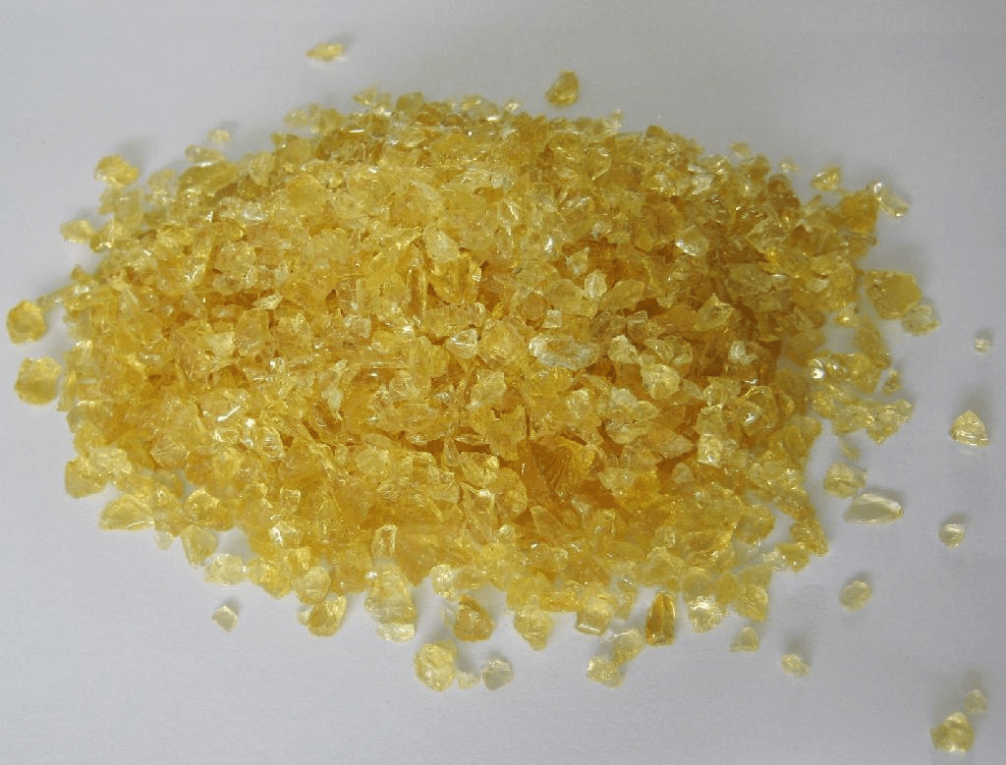Phenolic resins, also known as phenol-formaldehyde resins, are synthetic polymers that are created by the reaction of phenol or substituted phenol with formaldehyde. They were some of the first commercial synthetic resins and have been in use since the late 19th century. Phenolic resins are thermosetting polymers that irreversibly harden or “cure” when subjected to heat. This makes them very durable and heat resistant.
Synthesis and Chemistry of Phenolic Resins
Phenolic resins are synthesized through a condensation reaction between phenol and formaldehyde in the presence of an acidic or basic catalyst. There are two main reactions in phenol-formaldehyde resin synthesis – the aldol condensation reaction and the methylenation reaction. In the aldol condensation reaction, formaldehyde interacts with phenol to form hydroxy methylated phenol derivatives. This is followed by the methylenation reaction where free formaldehyde reacts with the hydroxymethyl groups to form methylol bridges between the phenol molecules. Upon heating, the methylol bridges undergo condensation to form crosslinked thermoset polymers. There are different types of Phenolic Resins depending on the ratio of phenol to formaldehyde used and the curing conditions applied. Some common types are resoles and novolacs.
Applications of Phenolic Resins
Given their excellent heat resistance, mechanical strength, and dimensional stability, phenolic resins find widespread use in many industries and applications:
– Laminates – Used in countertops, furniture, and other surfaces due to their durability and heat resistance. Phenolic laminates are highly scratch and stain resistant.
– Wood Adhesives – Due to their excellent adhesion properties, phenolic resins are commonly used as wood adhesives in plywood, particle board, fiberboard manufacturing. They form very strong, water-resistant bonds between wood surfaces.
– Insulation – Phenolic foam and molded products are used for insulation in applications requiring thermal and fire resistance like industrial ovens, furnaces, boilers etc.
– Abrasives – Phenolic resin bonded wheels and discs are used for grinding and sanding due to their high durability and impact strength.
– Foundry – Novolac phenolic resins are used to make cores and molds in metal casting that need to withstand high temperatures.
– Friction Materials – Brake pads, brake linings use phenolic resins for their strength and ability to withstand heat generated during braking.
Impact Resistance of Phenolic Resins
A major advantage of phenolic resins is their outstanding impact resistance even at low temperatures. This arises due to their rigid three-dimensional thermoset structure formed during curing. Phenolic resins maintain a high degree of toughness and do not become brittle even at very low temperatures. This makes them suitable for applications involving mechanical stress or shock loading like abrasives, brake linings, castings etc. Phenolic laminates are also very resistant to dents and do not splinter on impact like other fibers. Their impact strength is four times that of wood.
Limitations and Alternatives
The major limitations of phenolic resins are their dark or yellow color, toxicity during synthesis and curing, tendency to discolor with age or heat. Epoxy resins are often used as alternatives where appearance or toxicity is a concern. Polyester resins are cheaper and offer comparable mechanical properties for certain applications like FRP. For structural composites where impact and fracture resistance is critical, thermoset polyurethane and vinylester matrices are better. Natural fiber reinforced bioplastics are also gaining popularity as environmentally sustainable substitutes. New phenolic resins with low formaldehyde emission and higher heat distortion temperatures are being developed to expand their market potential. Overall, phenolic resins still remain valuable due to their affordability, widespread application versatility and capability to provide performance advantages like heat and chemical resistance in many industries.
*Note:
1. Source: Coherent Market Insights, Public sources, Desk research
2. We have leveraged AI tools to mine information and compile it

